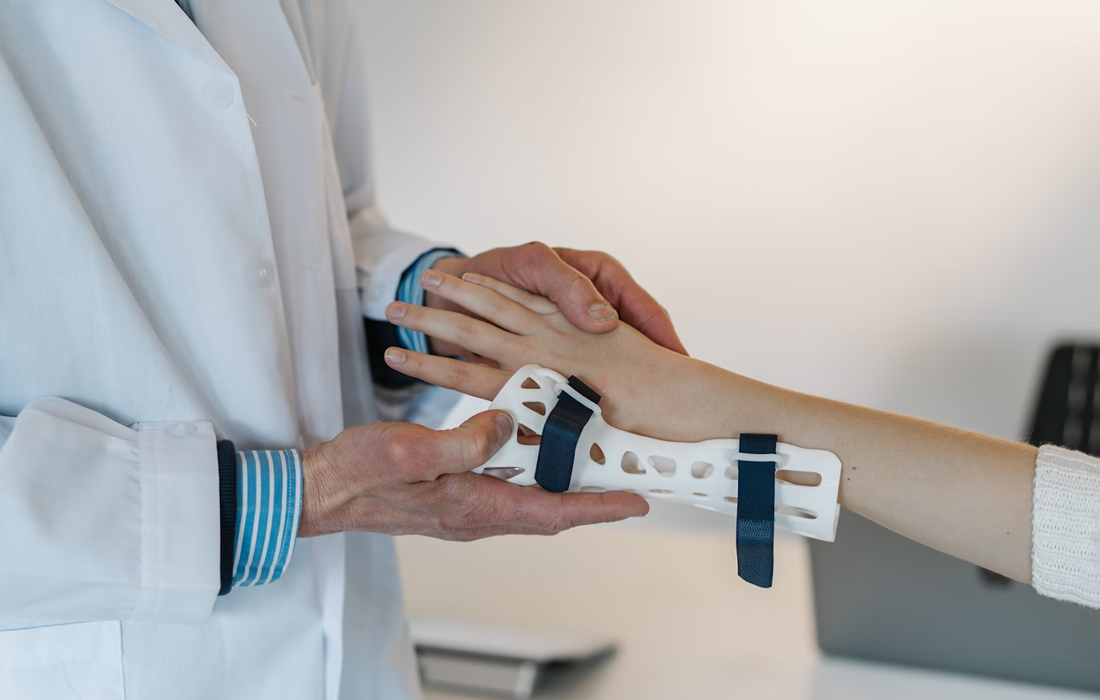Platelet-Rich Plasma
Platelet-Rich Plasma for Carpal Tunnel Syndrome
Carpal tunnel syndrome (CTS) is the most common peripheral entrapment neuropathy. The gradual ischemia resulting from high pressure with accompanying compression of the median nerve (MN) within the carpal tunnel is thought to contribute to the pathogenesis of CTS.
CTS can cause inflammation of the intercarpal tendon including the flexor pollicis longus, deep and superficial flexor tendons. The inflammation of the tendon frequently produces a cycle of intercarpal swelling causing further compression of the median nerve. Typical symptoms include:
- Numbness.
- Tingling.
- Pain or burning sensation in the fingers (controller by the MN).
- Nocturnal paresthesia.
- Thenar muscle wasting might occur in chronic stages.
Treatments for CTS range from conservative strategies (medication, steroid injections, night splint, physical therapy) to surgical decompression of the MN. The majority of the patients failed conservative treatment with 60-70% of patients reporting symptoms after 18 months of the treatment. Surgical intervention is more effective, but the failure rate varies from 7-to 75%.
Use of Platelet Rich Plasma
Platelet-rich plasma (PRP) is a biological product of concentrated platelets that contains several growth factors that promote wound healing, angiogenesis, and axon regeneration.
A study by Yung-Tsan Wu et al evaluated the efficacy of PRP with 60 patients with mild to moderate CTS. They were injected with one dose of 3 mL of PRP using ultrasound guidance and the control group received a night splint throughout the study period. The study demonstrated that PRP significantly reduces pain severity and ameliorated disability 6 months post-treatment.
PRP is considered a safe treatment and is practiced in many disciplines of medicine. The study demonstrated that the effects of PRP can persist for at least 6 months and researchers believe the effect could continue for more than 6 months.
The mechanism by which PRP has effects on neuropathy is unclear. PRP has been reported to contain a variety of growth factors, including platelet-derived growth factor (PDGF), transforming growth factor-β (TGf-β), insulin-like growth factor (IGF), nerve growth factor (NGF), and vascular endothelial growth factor (VEGF). They have all been suggested to play a positive role in the regeneration of injured peripheral nerves.
They concluded that ultrasound-guided PRP injection is safe and effective for treating CTS. PRP continues to be a potential area of further study in peripheral neuropathy and different conditions due to its anti-inflammatory and regenerative properties.
Source:
Wu, YT., Ho, TY., Chou, YC. et al. Six-month efficacy of platelet-rich plasma for carpal tunnel syndrome: A prospective randomized, single-blind controlled trial. Sci Rep 7, 94 (2017).
https://www.nature.com/articles/s41598-017-00224-6#citeas
Image from:
Photo by Tom Claes on Unsplash

